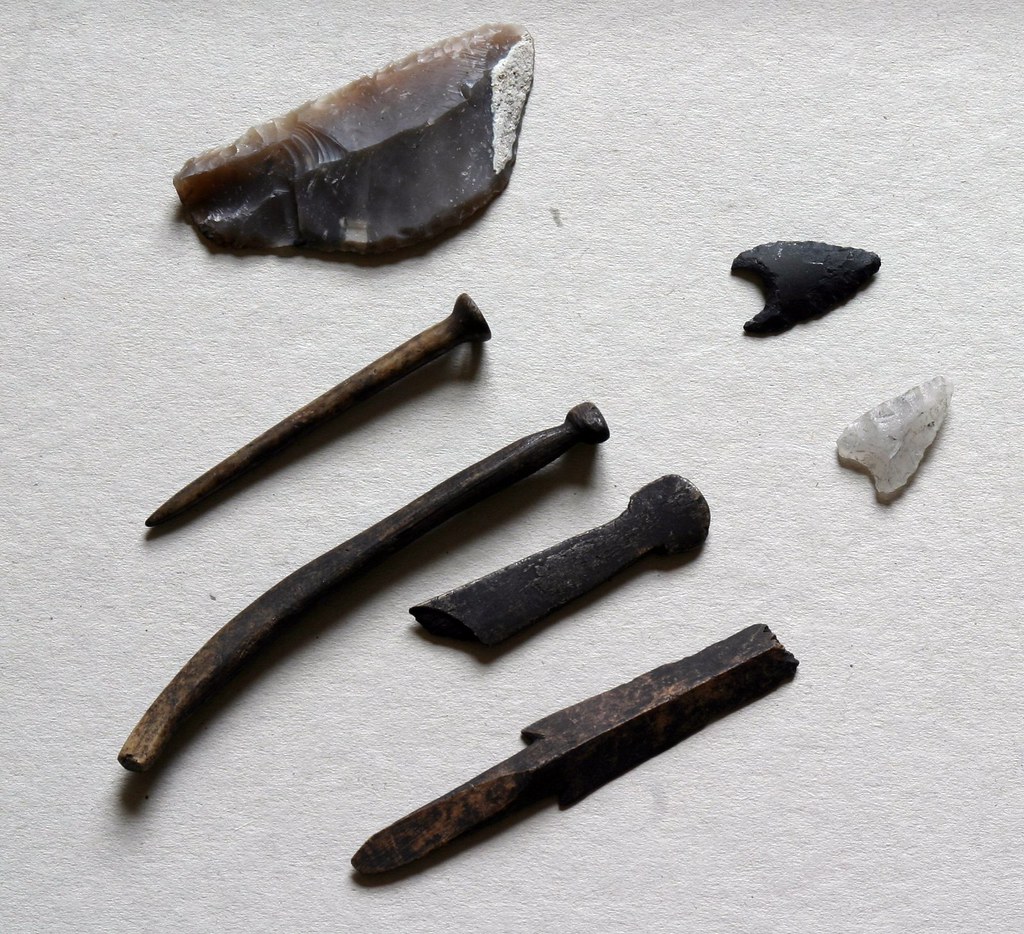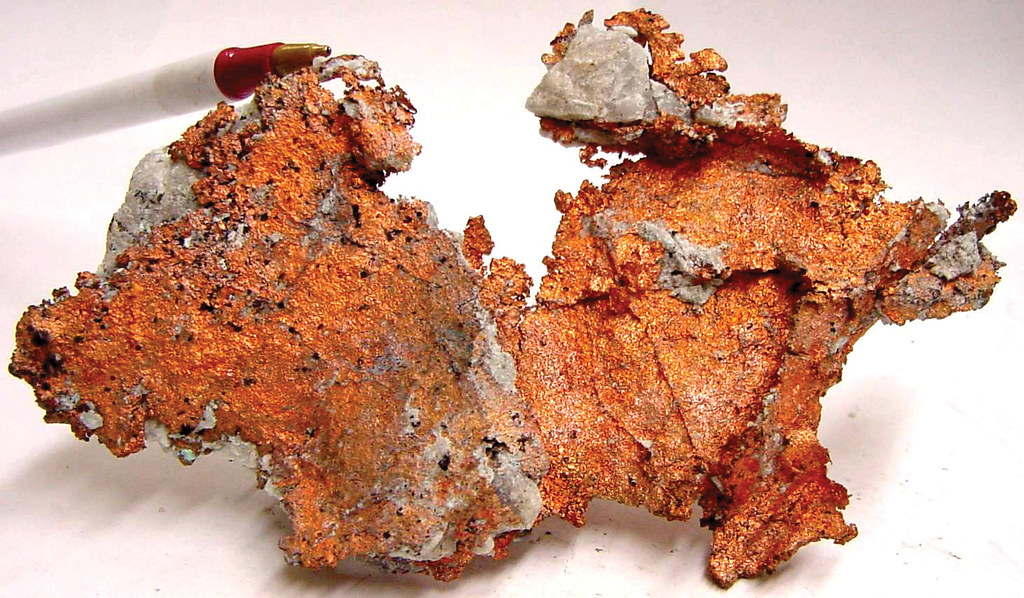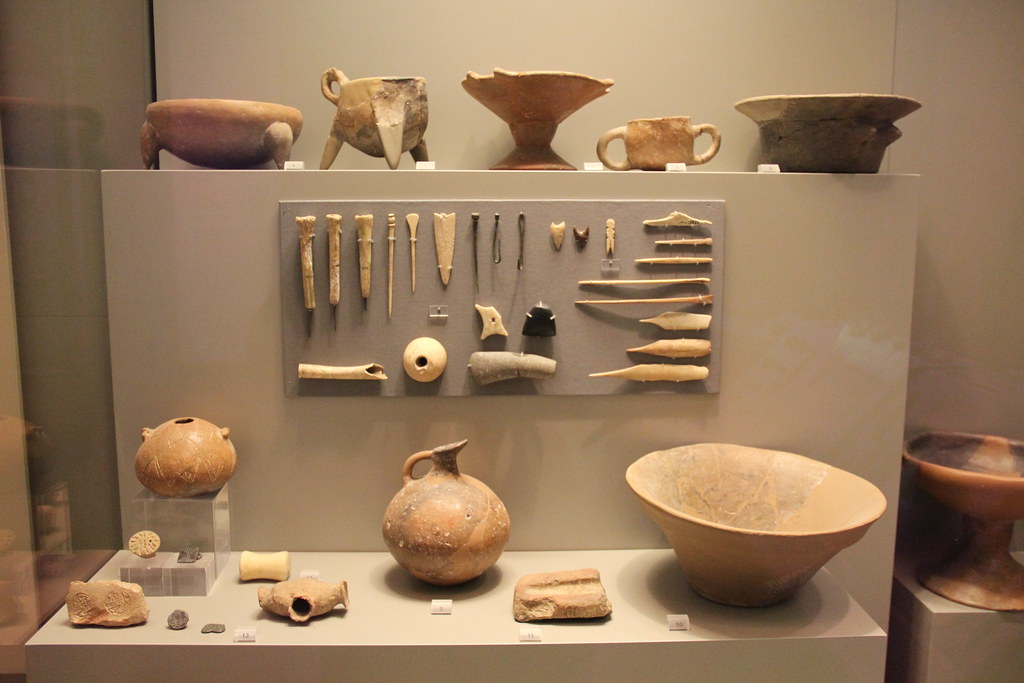In this period, dating from about 3300 BCE to 1200 BCE, ancient people discovered a new material that allowed them to evolve and grow. Bronze Age years varied from civilization to civilization. However, its end was sudden, violent and culturally disruptive.

Image source: https://search.creativecommons.org/photos/713a9874-0ec5-4874-b1ab-df0ca3efee50 by Gary Lee Todd, Ph.D.
Bronze Age time coordinates
Bronze Age is the third phase following the Paleolithic and Neolithic periods (Old Stone Age and New Stone Age, sequentially). The term also indicates the first period in which people started using metal. The date at which the age began is different for some regions; in Greece and China, the Bronze Age commenced before 3000 BCE.

Image source: https://search.creativecommons.org/photos/37bf559e-601d-426e-8340-0f9e56403ddd by arnybo
In the Middle East and portions of Asia, the Bronze Age lasted from about 3300 to 1200 B.C. This period terminated suddenly with the near-simultaneous downfall of various notable Bronze Age civilizations.
The beginning of the period is also called the Chalcolithic (Copper-Stone) Age, indicating the initial employment of pure copper with stones.

Image source: https://search.creativecommons.org/photos/604eec04-80d1-46aa-a73b-f674ce499f6a by Gary Lee Todd, Ph.D.
Bronze Age facts
Early Bronze Age people moved from place to place, following packs of animals to hunt. Then, as humans started farming, they began to settle built permanent huts. They constructed small paddocks for animal and growing crops (mainly wheat and barley). Therefore, field systems were laid out so people didn’t have to travel to find food. Probably, Ancient Sumerians in the Middle East have been the first civilization to enter the Bronze Age. Humans made many technological improvements during this period, like the first writing systems and the wheel invention.

Image source: https://historicengland.org.uk/whats-new/news/earliest-complete-bronze-age-wheel-discovered/
Early Bronze Age tools
Ancient Sumer has been the first civilization that added tin to copper to make bronze, a better metal for tools and weapons. Archaeological evidence hints the transformation from copper to bronze took place around 3300 B.C. Stone and clay moulds were employed in the early Bronze Age for casting metal objects. For example, a flat stone incised with a hollow negative shape would have been used as a mould for spears and axes. More elaborate mould would have been used to shape other objects: palstaves or flanged axe heads and socketed axe heads that would have been employed to chop trees to make room for agriculture. Some stone tools used by people during the Early Bronze Age included:
- “barbed and tanged” arrowheads-> attached to wooden shafts to make arrows for hunting
- piercers-> for making small holes in things such as wood, bone or leather
- side scrapers -> for cleaning animal skins in the process of making leather
- edge-trimmed knives -> attached to wooden handles and used for cutting like knives today
- thumbnail scrapers -> for creating small objects or carving

Image source: https://search.creativecommons.org/photos/20497b46-801b-4083-b1cc-06990f3400f8 by Birmingham Museums Trust, Teresa Gilmore, 2013-07-24 16:00:45

Image source: https://search.creativecommons.org/photos/a523b9a6-5a6e-46de-a5e8-02255ab7932c by Gary Lee Todd, Ph.D.
Middle and Late Bronze Age tools
The earliest steps within the growth of Mediterranean metallurgy appear only after about 5500 BC. It was only during the subsequent, Final Neolithic period (ca. 4500-3700 BC) that metallurgy started to prosper. Copper, Gold, silver and lead artifacts were created. In addition to the firsts Bronze Age tools, more elaborate objects were created with the advent of bronze. Firstly, small daggers evolved from copper to bronze, this modification made it possible to obtain longer blades that became early swords outstanding artifacts from this period in terms of craftsmanship and opulence. Their purpose varied at different times, from being ritual objects to be war tools.

Image source: https://search.creativecommons.org/photos/5fd4c90b-05dd-4c48-96ba-6a32bbc528a4 by U.S. Geological Survey

Image source: https://search.creativecommons.org/photos/7bcb9ccb-2825-46a8-95a3-c09a582f755a by Gary Lee Todd, Ph.D.
Info sources:
https://monaghan.ie/museum/bronze-age-weapons-and-tools/#:~:text=Stone%20and%20clay%20moulds%20were,the%20National%20Museum%20of%20Ireland)
https://www.history.com/topics/pre-history/bronze-age
https://www.britannica.com/event/Bronze-Age
http://www.salimbeti.com/micenei/weapons1.htm
https://historicengland.org.uk/services-skills/education/educational-images/early-bronze-age-tool-kit-11770
